Ah, litter boxes…your favorite subject, right? We will cover many different aspects of litter boxes on CatVetLife, but today we’re going to discuss some basics. The Golden Rules, i.e. Litter Box Guidelines!
Cats in the wild have the luxury of going to the bathroom wherever they dang well please.
It’s totally natural! But then we take a cat and tell them, “Hey, I know it makes no sense at all, but I want you to pee in this 1’ square plastic box filled with pellets made of organic green tea from the southern coast of Spain.” Um, no. What cat would willingly agree to that? Well, as we all know, cats are amazing creatures and can be really adaptable to many different situations.
When a cat is not using the box properly (i.e. house soiling) we generally break it down into either medical or behavioral / litter box causes. If your cat is having litter box issues, first please have him or her examined by your veterinarian to make sure there is not a medical component playing a role. If he or she checks out OK medically, then we need to examine the litter box situation.
It is SO important to maintain your cat’s litter box appropriately because urinating or defecating outside of the litter box is the most common behavioral problem we see in cats. I literally see this issue multiple times a week in my feline-only veterinary hospital. And the longer it goes on, the more difficult the problem is to solve. A common cause of this behavior is an improper litter box situation.
*FTC Disclosure: This post contains affiliate links. If you make a purchase after clicking on the links, I will get a small commission at no additional cost to you. I only recommend products that we believe in! I am an affiliate for both Amazon and other online retailers. As an Amazon Associate I earn from qualifying purchases.
Here are some helpful litter box guidelines and hints on how to keep your indoor cats happy with their boxes:
1. THE MOST IMPORTANT GOLDEN RULE: # boxes = # cats+1
This means that if you have 2 cats you should have 3 boxes. “WHAT?!? Are you serious?” Yes my friend, I’m sorry but I am. Cats need choices and they need options.
“But I’ve tried multiple boxes and they end up all using just 1 (or 2 or whatever). Ok, fine. I really don’t like “rules” either. If it works for you and your cat(s) then do it. BUT, if you are having problems, come back to this “rule” first.
2. The litter boxes should be of good size.
A litter box should be 1.5-2 times the length of the cat measured from nose to rump. Yep, that’s a big box. It can be hard to find a good place to put a big box! That’s why my largest box is in a specially built cat cage in the garage that my cats access through a little cat-door. You can easily make an extra large litter box from an under-the-bed sweater storage container.
3. No hood and no liner
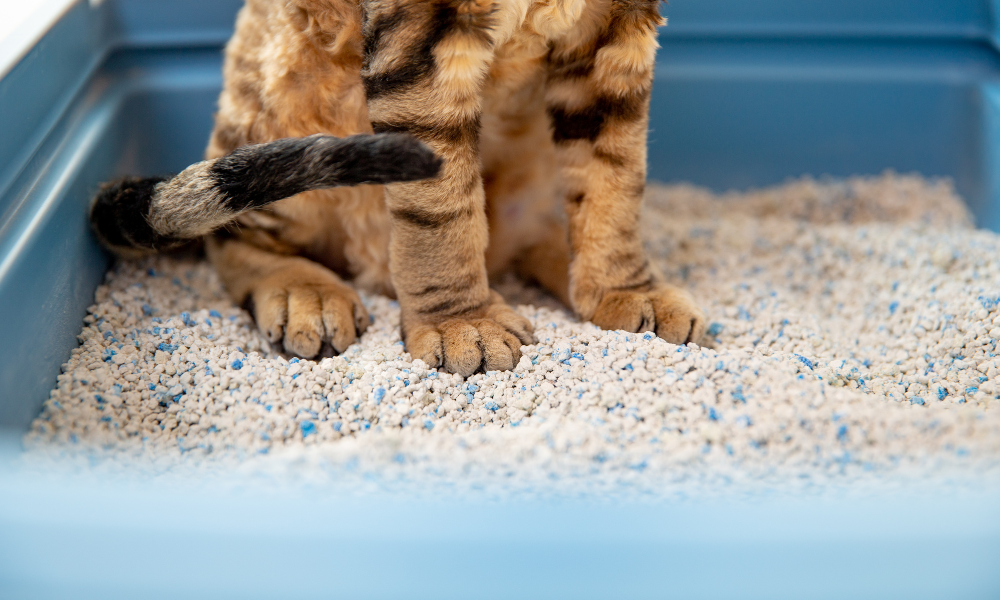 Most cats, especially large ones, do not like the confinement of a hood. Plus, hoods tend to keep in the odor. Exception…some shy little kitties like the privacy of a hood.
Most cats, especially large ones, do not like the confinement of a hood. Plus, hoods tend to keep in the odor. Exception…some shy little kitties like the privacy of a hood.
Liners may seem like a good idea so that you can easily empty the box, but they are usually too noisy and interfere with scratching.
Not sure what box your cat prefers? Consider a “Litter Box Cafeteria” and ask her!
4. Use a non-scented clumping litter.
Confession – I have always despised this kind of litter. But eventually after years and years of other litters I gave in and went with a high quality, clumping litter. And guess what? My cats love it, which is what matters. I have learned to like it as well! Especially since finding the BOXIECAT line of cat litter! I specifically like the BOXIEPRO but there are multiple types to choose from.
Clumping litter is more like sand, which is a cat’s natural litter outside. My cats have boxes in the house but they also go outside, which they love. They scratch and scratch and scratch in the sandy dirt!
Re: scents…you definitely do NOT want scented litter. The scent in litter is for us (cats don’t like the scent) and clean boxes don’t smell. You should NOT need scented litter or special litter box deodorizers. If your litter smells gross, then change it!
5. Scoop twice daily and completely change litter every 1-2 weeks.
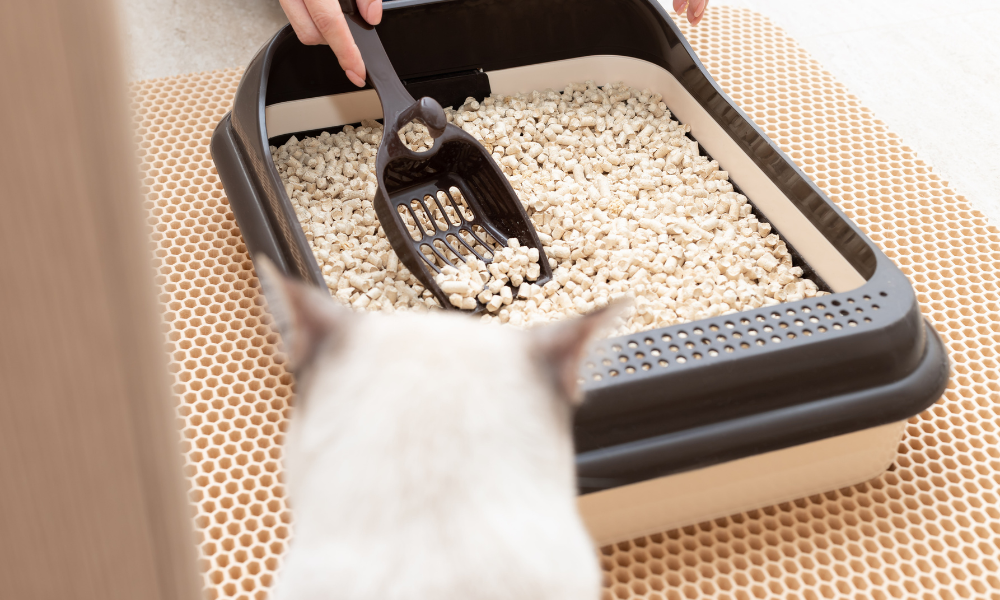 This is probably the #1 most important thing. The most common cause of inappropriate elimination is a dirty litter box! I’ll often tell my clients that scooping litter boxes is no different than flushing the toilet. Keep your litter box sparkling clean and you will have happy cats!
This is probably the #1 most important thing. The most common cause of inappropriate elimination is a dirty litter box! I’ll often tell my clients that scooping litter boxes is no different than flushing the toilet. Keep your litter box sparkling clean and you will have happy cats!
6. Clean box with soap and water only.
Don’t use fancy cleaners. No need for bleach or vinegar. Cats can smell these too!
7. Boxes should be located in quiet but easily accessible places.
A litter box should not be in the kitchen or in the far reaches of the 3rd floor unless that’s where your cat likes to spend time. The laundry room is another popular location. This can work for some cats, but for others it’s too noisy.
8. Multi-cat households should have the litter boxes in more than one location.
What if two cats want to go at the same time? This can also prevent one cat from “guarding” a box and not letting another cat in.
9. Finally, replace litter boxes every 2 years.
The plastic eventually absorbs odor which cannot be removed. Is it time to buy your cats a new present, i.e. a new box?
Many litter box problems can be solved by following the advice above. But again, sometimes the cause can be a medical illness (e.g. cystitis, colitis or even arthritis) or a different behavioral problem. Contact your veterinarian for advice! What’s your favorite litter and litter box? Or should I say, what is your cat’s?
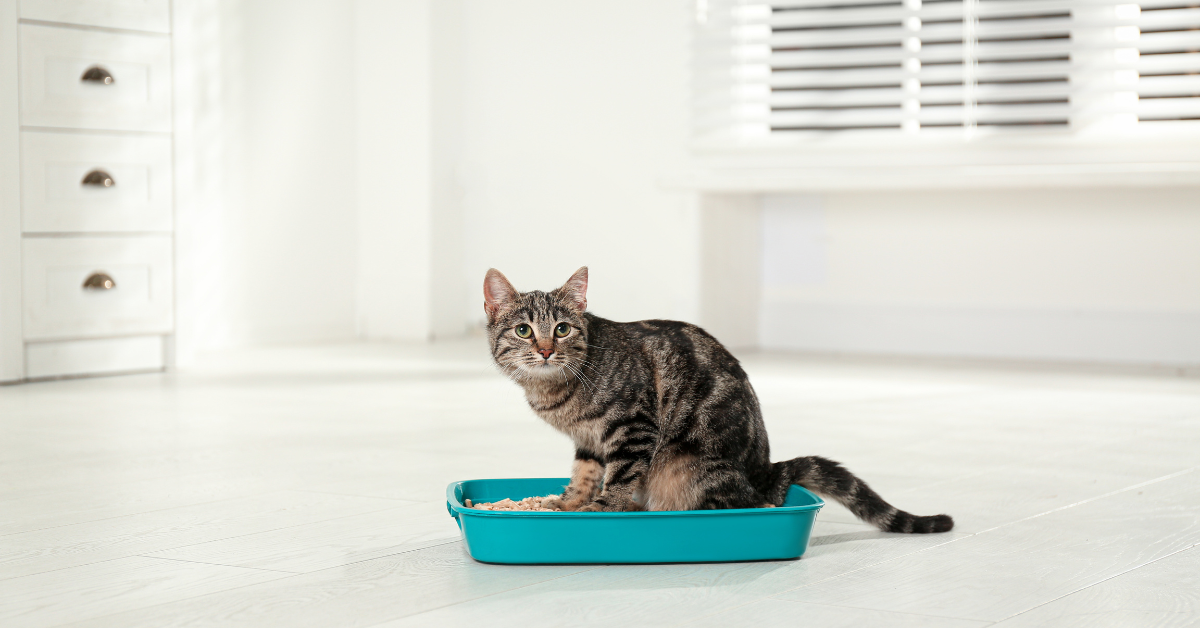

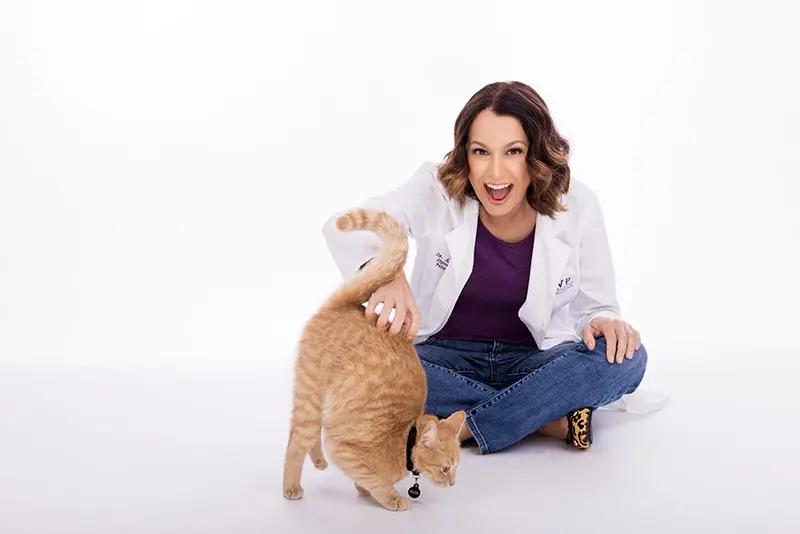











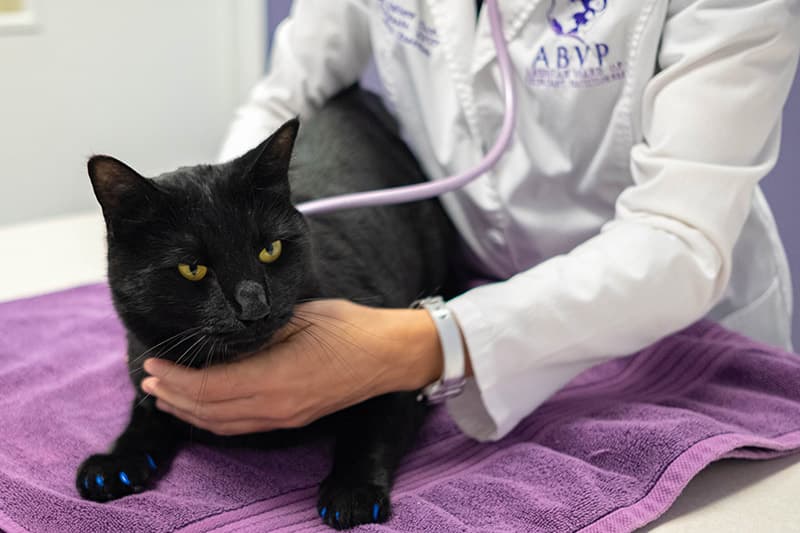
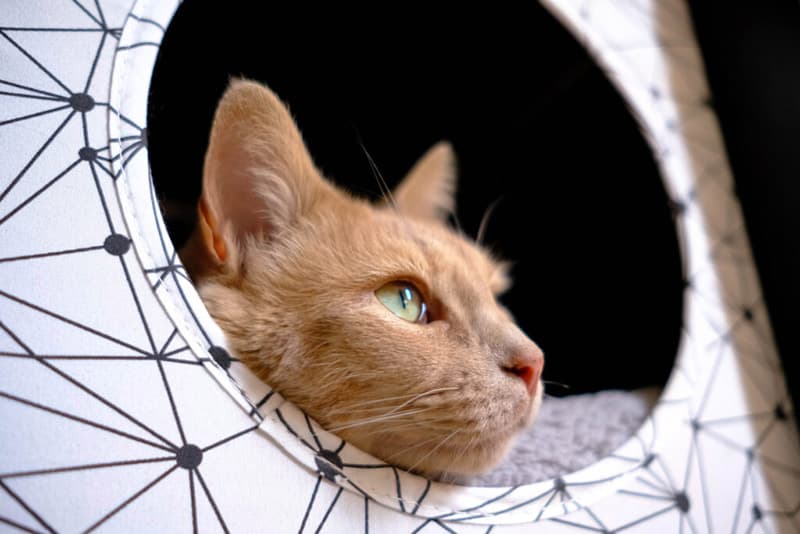

4 Responses
I am getting a kitten that has been kept in a nice big sunroom (because they have a dog too). She knows where the litter box is and is trained. When I get her she will have access to the whole house. How do I teach her where the litter box is?
Initially confine her to a room with a litter box and all of her needs (though do not place the food/water right next to the box). Then start letting her explore and getting used to her new surroundings. You can add another box in another location that she can discover (and you can show her). Keep showing her. Make sure it is in a safe, quiet space (i.e. not next to a noisy washer/dryer, etc).
My kitten was an outside stray, I place a litter box put he does want to use it. I put tarp n newspaper and he will use that, how do I encourage him to use the box with letter .
Try using dirt from outside in the litter box!